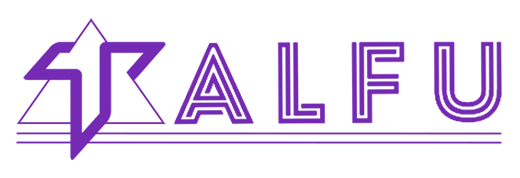
Don't Lose Your Talented Workforce: Learn How To Balance Between AI and Human Expertise
As artificial intelligence (AI) continues to advance, organizations are faced with the challenge of integrating these technological capabilities while maintaining a strong and skilled human workforce. The fear of job displacement has been a persistent concern, but a strategic approach can ensure that AI complements human talents rather than replaces them. This article explores how businesses can strike a balance between AI capabilities and workforce arsenals to retain and cultivate talent.
Understanding AI's Role:
The first step in achieving harmony between AI and human capabilities is to understand the distinct roles each plays. AI excels in repetitive tasks, data analysis, and pattern recognition. On the other hand, human workers bring creativity, emotional intelligence, and critical thinking to the table. Recognizing the strengths of both AI and human employees is crucial for effective collaboration.
Upskilling and Reskilling Programs:
To ensure that existing employees remain relevant and adaptable in the face of advancing technology, organizations must invest in upskilling and reskilling programs. These initiatives empower employees to acquire new skills that complement AI, such as data interpretation, problem-solving, and interpersonal communication. By actively fostering a learning culture, businesses can retain their workforce's expertise while embracing technological advancements.
Redefining Job Roles:
Rather than viewing AI as a threat, organizations should redefine job roles to leverage the strengths of both AI and human workers. AI can handle routine and mundane tasks, allowing human employees to focus on complex decision-making, relationship-building, and innovation. This not only enhances overall productivity but also enriches job satisfaction and employee engagement.
Cultivating a Collaborative Environment:
Encouraging collaboration between AI systems and human workers fosters an environment where both entities can contribute effectively. Integrating AI tools into everyday workflows can streamline processes, providing employees with valuable insights and support. In turn, this collaboration enhances efficiency and ensures that human talents are utilized to their fullest potential.
Emphasizing Soft Skills:
While AI excels in technical and analytical domains, soft skills remain a uniquely human strength. Empathy, creativity, communication, and adaptability are qualities that cannot be easily replicated by machines. Organizations should prioritize the development and recognition of these soft skills, as they play a pivotal role in building strong teams and sustaining a positive work culture.
Transparent Communication:
Addressing employee concerns and fears regarding AI implementation is crucial for maintaining a motivated and engaged workforce. Transparent communication about the organization's AI strategy, its goals, and the ways in which it will support employees through changes helps build trust. When employees feel informed and valued, they are more likely to embrace the integration of AI into their work environment.
Conclusion:
In the ever-evolving landscape of technology, finding the right balance between AI capabilities and workforce arsenals is essential for sustaining and nurturing talent. By understanding the unique strengths of both AI and human employees, investing in upskilling programs, redefining job roles, fostering collaboration, emphasizing soft skills, and maintaining transparent communication, organizations can create a harmonious synergy that maximizes productivity while retaining and enhancing the value of their human workforce. This approach ensures that the future workplace is not a battleground between humans and machines but a collaborative arena where each contributes to the success of the other.

